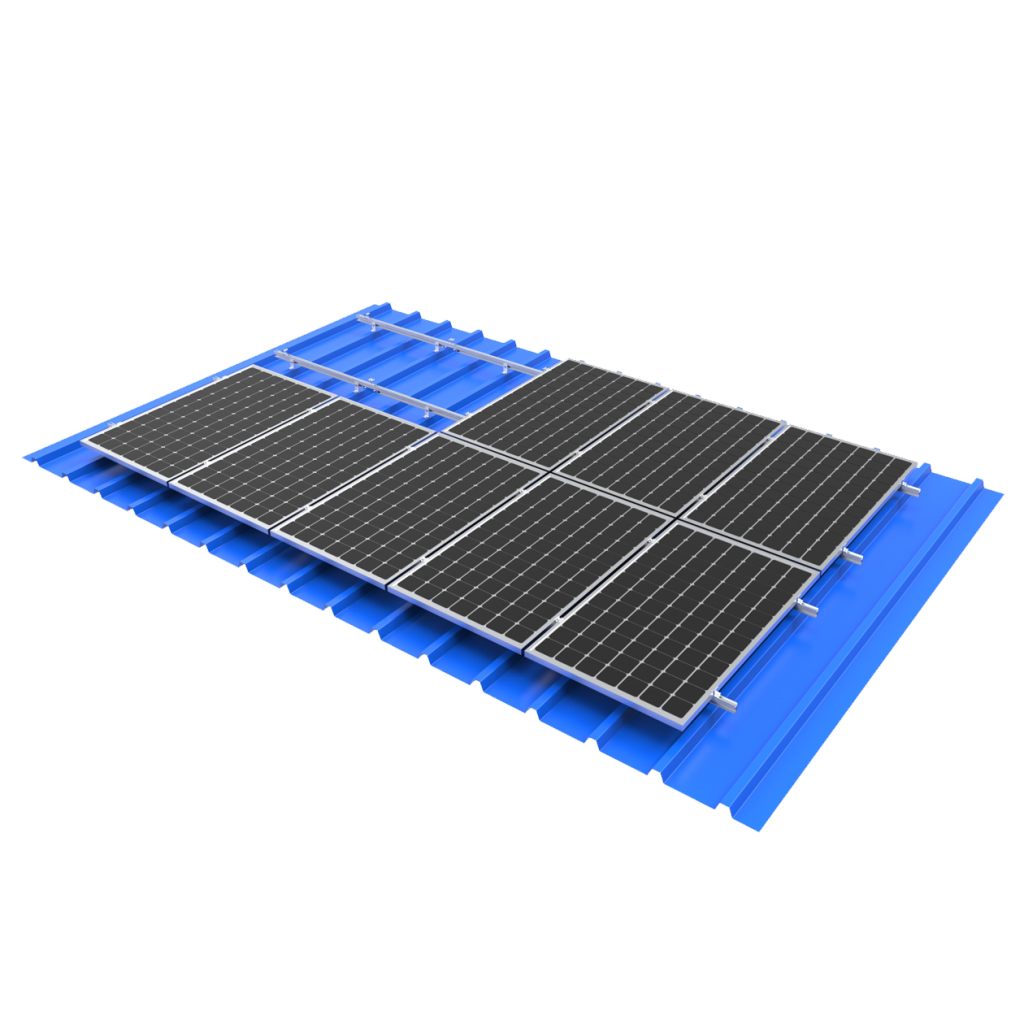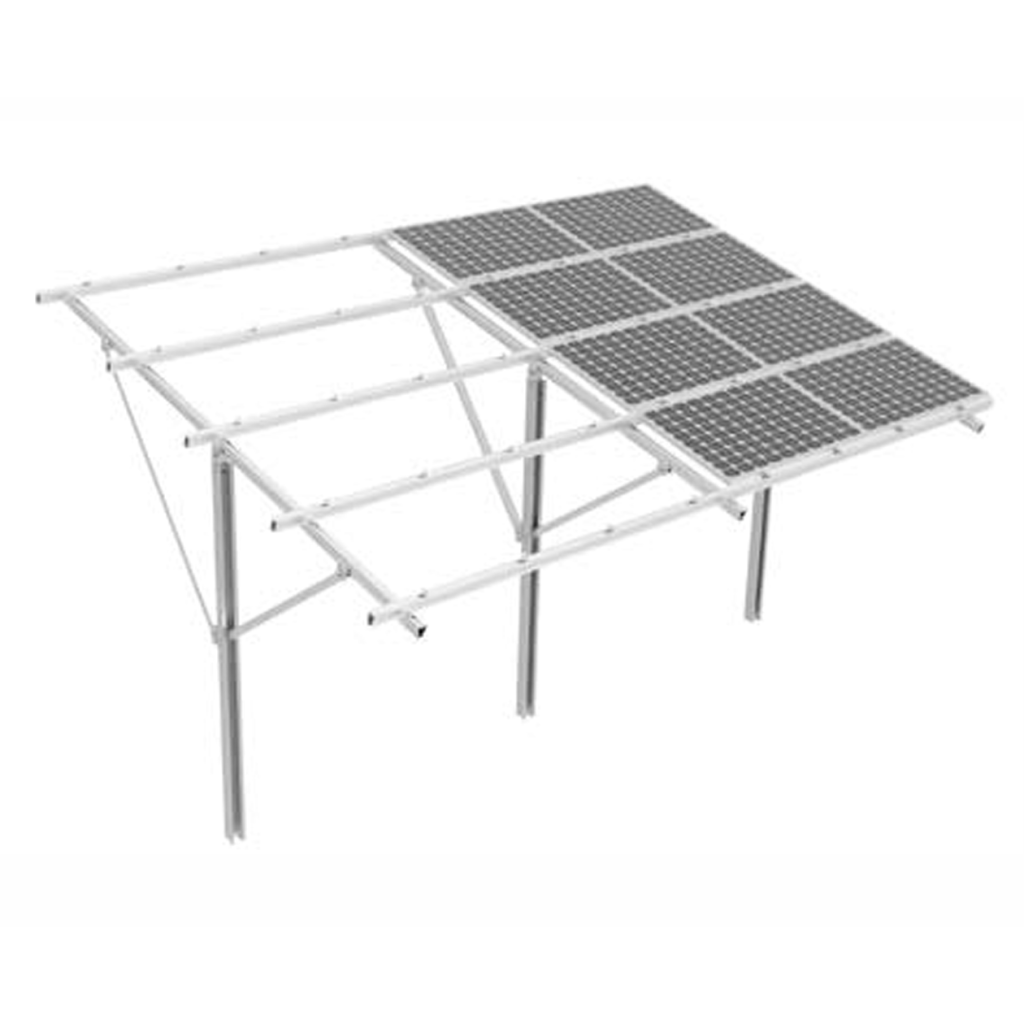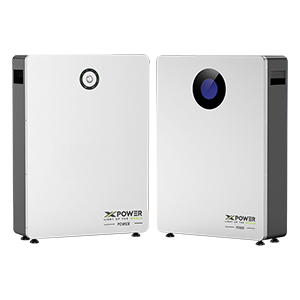Comparative Analysis of Solar Mounting Solutions
Time of Release : 2024-08-26
About the Author:
Welcome! I am honored to introduce our brand -- Xpower, the author behind this friendly guide to solar cell technologies. With over 15 years of experience in the solar photovoltaic (PV) industry, Xpower bring a wealth of knowledge and expertise to the table.
Xpower as a manufacturer and exporter in the field of solar energy, through years of hands-on experience, we have witnessed the evolution of solar cell technologies and the transformative impact they have had on the renewable energy landscape.

As the adoption of solar energy continues to grow, selecting the most suitable solar mounting solution is crucial for optimizing performance and sustainability. Solar mounting systems are the structures that secure solar panels to rooftops, ground mounts, or other surfaces. This comparative analysis will explore various solar mounting solutions, focusing on cost, efficiency, materials used, and environmental impact.
1. Roof-Mount Systems
Cost:
Installation Costs: These typically range from $0.50 to $2.00 per watt, with total installation costs for an average residential system (5 kW) ranging from $2,500 to $10,000 before tax credits and incentives.
Long-Term Savings: Utilizing existing infrastructure can lead to reduced overall project costs.
Ефективність:
Orientation and Tilt: The efficiency of roof-mounted systems can vary significantly based on the roof’s orientation (south-facing is optimal in the Northern Hemisphere) and tilt angle.
Shading Issues: Trees or nearby buildings may cast shadows, reducing overall energy output. Regular maintenance and trimming can help mitigate these issues.
Typical Output: Well-placed roof systems can achieve 15-20% efficiency, depending on the quality of panels used.
Materials Used:
Mounting Racks: Typically made from aluminum or stainless steel for durability and corrosion resistance.
Flashing and Sealants: Proper flashing prevents leaks and protects the roof structure, using materials like EPDM rubber or PVC.
Environmental Impact:
Land Use: Minimal land impact since they utilize existing structures.
Recyclability: Many components, such as aluminum and certain plastics, are recyclable, contributing to sustainability.
Roof Lifespan: Careful installation can extend the life of the roof by providing a protective layer against weather elements.

2. Ground-Mount Systems
Cost:
Installation Costs: Costs range from $1.00 to $3.00 per watt, and for a typical residential installation (5 kW), this could mean $5,000 to $15,000.
Site Preparation Costs: Additional expenses may arise from land grading, excavation, or concrete work.
Ефективність:
Optimal Placement: Ground mounts can be installed in optimal sun positions, often resulting in higher energy yields—potentially 20-30% more than roof-mounted systems.
Tilt and Orientation: Many ground mounts allow for adjustable angles, maximizing sunlight exposure throughout the year.
Materials Used:
Frame Construction: Heavy-duty steel or aluminum frames provide stability and longevity.
Foundational Systems: Options include concrete pads or driven piles, which depend on soil conditions and local regulations.
Environmental Impact:
Land Disruption: Installation requires land clearing, which can disrupt local wildlife and ecosystems.
Mitigation Strategies: Planning and selecting previously disturbed land can minimize ecological impacts.
Post-Installation Effects: Careful site management and replanting can help restore habitats.

3. Pole-Mount Systems
Cost:
Installation Costs: Generally range from $1.50 to $4.00 per watt, making them more expensive; a typical system might cost between $7,500 and $20,000 for 5 kW.
Tracking Options: Adding a tracking mechanism can increase upfront costs but significantly enhances energy capture.
Ефективність:
Sun Tracking: Many pole mounts come with single or dual-axis tracking systems that adjust the panel angle throughout the day, increasing energy output by 25-40%.
Space Utilization: They can be installed in areas with limited space, such as small lots or uneven terrain.
Materials Used:
Pole Materials: Typically heavy-gauge steel or aluminum for the poles, ensuring resilience against strong winds and weather.
Electrical Components: High-quality wiring and inverters are essential for efficiency and safety.
Environmental Impact:
Minimal Ground Footprint: Elevation reduces the ground area affected, preserving more land compared to traditional ground mounts.
Wildlife Interaction: Elevated designs may help avoid habitat disruption, especially in sensitive areas.
4. Carport-Mount Systems
Cost:
Installation Costs: Pricing ranges from $2.00 to $5.00 per watt; a 5 kW carport system could cost between $10,000 and $25,000.
Additional Benefits: Carports offer added value by providing shade and protection for vehicles, potentially justifying higher costs.
Ефективність:
Dual Functionality: In addition to generating power, they can reduce the heat island effect in urban environments by providing shade.
Adjustable Designs: Some carports allow for adjustable panel angles to optimize performance.
Materials Used:
Structural Framework: Typically constructed from galvanized steel or aluminum for corrosion resistance.
Solar Panels: High-efficiency photovoltaic (PV) panels are used to maximize output.
Environmental Impact:
Space Utilization: Utilizes existing parking lots, minimizing land use and preserving green spaces.
Stormwater Management: Can incorporate systems that manage runoff, improving local water quality.
Additional Considerations
Local Regulations:
Before choosing a system, it’s important to check local zoning laws, building codes, and utility regulations, as these can affect installation options and permits.
Incentives and Tax Credits:
Various federal, state, and local incentives can significantly offset installation costs. Programs such as the Federal Investment Tax Credit (ITC) allow for substantial deductions on taxes for solar installations.
Maintenance Requirements:
All mounting systems require periodic maintenance, such as cleaning panels, inspecting mounts for rust or wear, and checking electrical connections.
System Longevity:
Most solar mounting systems are designed to last 25 years or more, matching the lifespan of high-quality solar panels. Regular inspections can ensure optimal performance.
Висновок
When choosing a solar mounting solution, several factors must be considered to ensure the optimal balance between cost, efficiency, material use, and environmental impact:
Roof-Mount Systems are cost-effective and suitable for residential applications but may have limitations related to roof orientation and shading.
Ground-Mount Systems offer high efficiency and flexibility but come with higher costs and environmental considerations related to land use.
Pole-Mount Systems provide excellent efficiency with adjustable angles and tracking but involve higher costs and moderate environmental impacts.
Carport-Mount Systems integrate solar panels with existing structures to provide added functionality and efficiency but are generally more expensive.
By evaluating these factors, you can select a solar mounting solution that aligns with your budget, efficiency goals, and sustainability objectives, ultimately contributing to a cleaner and more efficient energy future.





